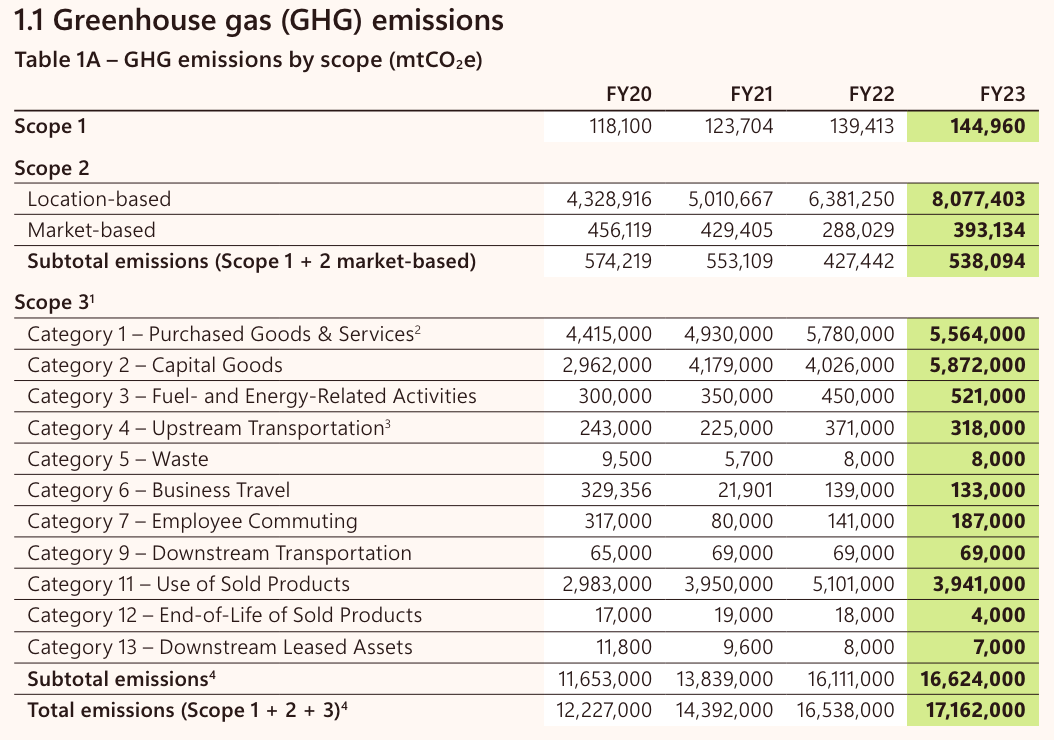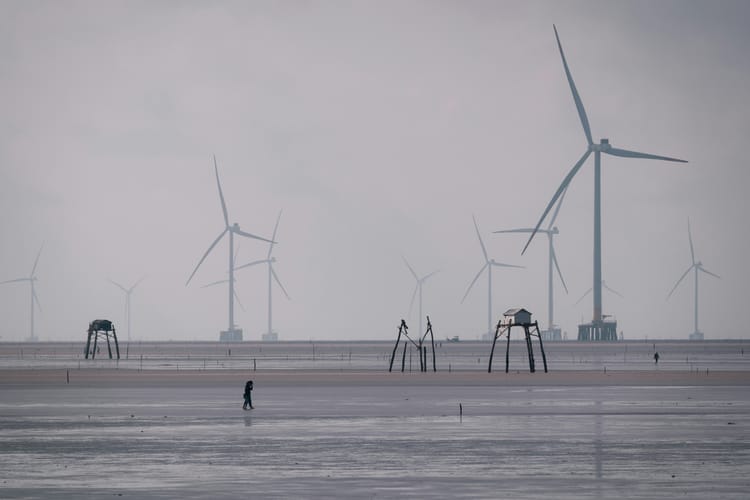AI-driven data centre expansion threatening Microsoft’s climate targets

Microsoft’s carbon footprint jumped by nearly 30% in 2023, with the construction of new data centres to meet growing cloud and AI expectations causing emissions increases across Scope 1, 2 and 3.
The biggest emissions increase by far occurred in Microsoft’s capital goods emissions (including all upstream, cradle-to-gate emissions for the production of its data centres), which went up by a whopping 1.85 million tonnes.

As written by the company’s Chief Sustainability Officer Melanie Nakagawa in Microsoft’s latest sustainability report, most of this rise can be attributed to the embodied emissions in building materials, semiconductors, servers and racks used in the construction of data centres.
Microsoft Scope 3 challenges
“Our challenges are in part unique to our position as a leading cloud supplier that is expanding its data centres. But even more, we reflect the challenges the world must overcome to develop and use greener concrete, steel, fuels, and chips,” she added.
While moving applications to the cloud has been promoted as a solution to reduce a company’s carbon footprint, experts have been warning for years that the resulting data centre expansion would create collateral damage – including greater energy use and embodied emissions.
To mitigate this emissions increase, Microsoft is working to scale clean energy purchases across its supply chain, including through a new requirement for “select scale, high-volume suppliers to use 100% carbon-free electricity for Microsoft delivered goods and services by 2030,” the company explained.
It is also investing to help decarbonise hard-to-abate industries such as steel, concrete and other building materials. In 2023, 76.5% of the company’s total emissions originated from its suppliers.
Microsoft operational emissions increase driven by energy use
But Scope 3 is not the only category where Microsoft’s emissions increased last year. Scope 1 emissions have been creeping up every year since 2020 and reached 144,960 tonnes in 2023. And even Scope 2 market-based emissions, which had been decreasing annually since 2020, increased by more than 100,000 tonnes last year.
This is due to the fact that the company’s energy consumption went up by almost 29% year on year, reaching 24 million MWh. More than 98% of that total or 23.6 million MWh came from renewable sources, and the company appears on track to meet its 100% renewables goal by 2025.
But the growth in Microsoft’s contracted portfolio of renewable energy assets last year proved insufficient to meet its skyrocketing energy demand, leading to an increase in Scope 2 emissions.
Climate concerns over AI ramp-up
Since 2020, Microsoft’s energy consumption has more than doubled, coinciding with the accelerating roll-out of artificial intelligence or AI – one of the cornerstones of its business strategy. This is leading to concerns over AI's energy needs – and the carbon footprint that comes with it. The energy consumed to train the Chat GPT-3 model, for example, is estimated around 1,064 MWh, and CEO Sam Altman even believes there is no way for AI to reach its full potential without new energy sources such as nuclear fusion).
Microsoft says it is designing data centres to be as efficient as possible, and has achieved the LEED Gold certification for green buildings on 37 of them (out of about 200).
The company believes it is still “on track” to meet its goal of reducing Scope 1 and 2 emissions to “near zero” by 2030, highlighting a 6.3% drop in emissions since 2020 – but that number was 25% in 2022, showing a clear regression.
Meanwhile, Microsoft is investing heavily in carbon removals, with more than 5 million tonnes of removal offsets contracted in 2023 (to be retired over the next 15 years). This doesn’t include the landmark 3-million-tonne carbon removal deal signed with Stockholm Exergi earlier this month.







Member discussion